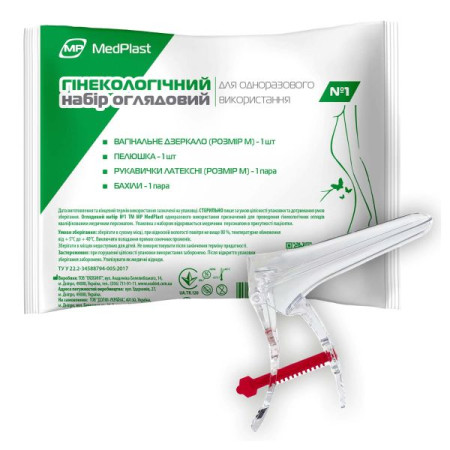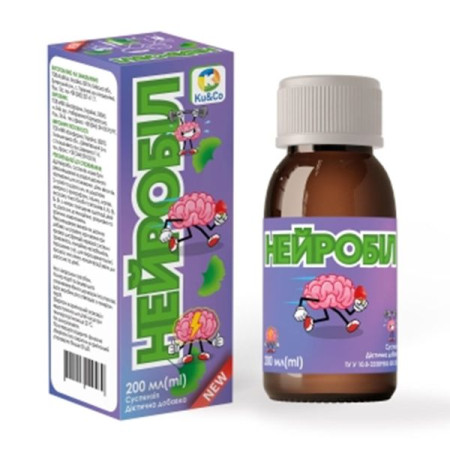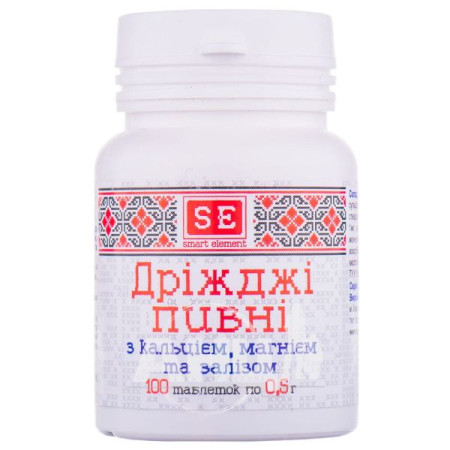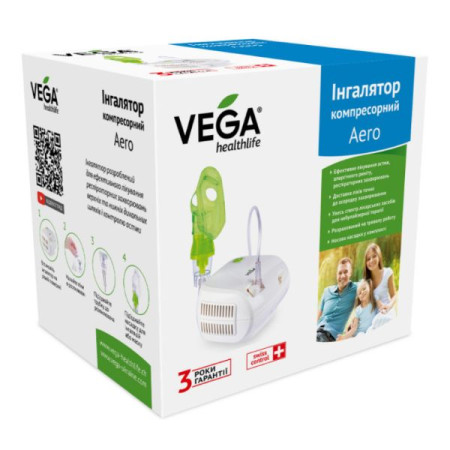Efferalgan rectal suppositories 150 mg blister No. 10

Instructions Efferalgan rectal suppositories 150 mg blister No. 10
Composition
active ingredient: paracetamol;
1 rectal suppository contains 80 mg or 150 mg or 300 mg of paracetamol;
excipient: semi-synthetic glycerides (including soy lecithin).
Dosage form
Rectal suppositories.
Main physicochemical properties: white smooth and glossy suppositories.
Pharmacotherapeutic group
Analgesics and antipyretics. ATX code N02B E01.
Pharmacological properties
Pharmacodynamics.
It has analgesic, antipyretic and weak anti-inflammatory effects. The mechanism of action is due to inhibition of prostaglandin synthesis and a predominant effect on the thermoregulation center in the hypothalamus. Pharmacokinetics.
Absorption of paracetamol after rectal administration is slower than after oral administration, but it is more complete. Peak plasma concentrations are reached within 2–3 hours after administration.
Paracetamol is rapidly distributed in all tissues. Concentrations in blood, saliva and plasma are comparable. Binding to plasma proteins is weak.
Paracetamol is metabolized mainly in the liver to form inactive compounds with glucuronic acid and sulfates.
A minimal metabolic pathway catalyzed by cytochrome P450 leads to the formation of an intermediate (N-acetylbenzoquinoneimine), which under normal use is rapidly detoxified by reduced glutathione and excreted in the urine after conjugation with cysteine and mercaptopurine acid. However, in massive poisoning, the amount of this toxic metabolite increases.
Excreted mainly in the urine. 90% of the administered dose of paracetamol is excreted by the kidneys within 24 hours, mainly in the form of glucuronide conjugates (60 to 80%) and sulfate conjugates (20 to 30%).
Less than 5% of the substance is excreted unchanged.
The half-life is 4 to 5 hours.
In severe renal failure (creatinine clearance below 10 ml/min), the excretion of paracetamol and its metabolites is slowed down.
Indication
Symptomatic treatment of diseases accompanied by pain of mild to moderate intensity and/or fever.
Contraindication
Hypersensitivity to paracetamol or to other components of the drug.
This medicine contains soybean oil. If you are allergic to peanuts or soybeans, do not use this medicine.
Children's age up to 1 month (child's body weight up to 4 kg).
Severe renal and/or hepatic dysfunction, hepatocellular insufficiency, congenital hyperbilirubinemia, glucose-6-phosphate dehydrogenase deficiency, alcoholism, blood diseases, severe anemia, leukopenia.
Inflammation of the mucous membrane of the rectum and dysfunction of the anus, rectal bleeding.
Do not use the drug for diarrhea.
Special safety precautions
Do not give the drug to children together with other products containing paracetamol.
When treating with paracetamol at a dose of 60 mg/kg/day, concomitant use of another antipyretic is justified only in case of ineffectiveness of paracetamol. The recommended doses should not be exceeded.
Do not use the drug for diarrhea.
If hyperthermia persists for more than 3 days of treatment with the drug or your health condition worsens, you should consult a doctor.
Interaction with other medicinal products and other types of interactions
When taking maximum doses of paracetamol (4 g/day) for at least 4 days, there is a risk of potentiation of the effect of the oral anticoagulant and an increased risk of bleeding. The INR (international normalized ratio) should be monitored at regular intervals. If necessary, the dose of the oral anticoagulant should be adjusted during treatment with paracetamol.
The rate of absorption of paracetamol may be increased by metoclopramide and domperidone and decreased by cholestyramine. Barbiturates reduce the antipyretic effect of paracetamol. Anticonvulsants (including phenytoin, barbiturates, carbamazepine), which stimulate the activity of liver microsomal enzymes, may enhance the toxic effect of paracetamol on the liver due to an increase in the degree of conversion of the drug to hepatotoxic metabolites. With simultaneous use of paracetamol with hepatotoxic drugs, the hepatotoxic effect of the drug on the liver increases. Simultaneous use of high doses of paracetamol with isoniazid, rifampicin increases the risk of developing hepatotoxic syndrome. Paracetamol reduces the effectiveness of diuretics. Do not use simultaneously with alcohol.
High concentrations of paracetamol may affect laboratory results of blood glucose determination using the oxidase-peroxidase method and uric acid determination using the phosphotungstic acid method.
Caution should be exercised when using paracetamol and flucloxacillin simultaneously, as concomitant administration is associated with metabolic acidosis with a high anion gap, especially in patients at risk ("Special warnings and precautions for use").
Application features
For children weighing 38 kg to 50 kg, the maximum daily dose of paracetamol should not exceed 3 g/day.
For children weighing more than 50 kg, the maximum daily dose of paracetamol should not exceed 4 g/day.
When using suppositories, there is a risk of local toxicity, the frequency and intensity of toxicity increases with longer use, shorter intervals between administrations, and increased dosage.
Caution is advised when paracetamol and flucloxacillin are used concomitantly due to the increased risk of developing metabolic acidosis with a high anion gap, especially in patients with severe renal insufficiency, sepsis, malnutrition and other sources of glutathione deficiency (e.g. chronic alcoholism), as well as those taking maximum daily doses of paracetamol. Close monitoring, including measurement of urinary 5-oxoproline, is recommended.
Use during pregnancy or breastfeeding
The drug in this dosage form is used only for children.
A large amount of data on pregnant women indicate neither malformations nor feto/neonatal toxicity. Epidemiological studies on the development of the nervous system in children exposed to paracetamol in utero show inconclusive results. If clinically necessary, paracetamol can be used during pregnancy at the lowest effective dose for the shortest duration and with the least possible frequency.
Traditional studies using currently accepted standards for assessing reproductive and developmental toxicity are lacking.
Ability to influence reaction speed when driving or using other mechanisms
The drug in this dosage form is used only for children.
Method of administration and doses
The drug should be used under the close supervision of a physician, with particular caution in children under 1 year of age.
Apply rectally.
Suppositories cannot be divided to obtain the required dosage. If, when calculating the daily dose according to the child's body weight, a single dosage is required that is less than the content of one suppository, then after consulting a doctor, it is recommended to use other dosage forms of paracetamol (for example, oral solution).
When treating children, the dosage calculation regimen should be followed according to the child's body weight and an acceptable dosage form should be selected accordingly.
The approximate age of children, based on body weight, is given as a recommendation only.
Efferalgan, rectal suppositories 80 mg, is intended for children weighing 4 to 6 kg (approximately 1 to 4 months of age). 3 to 4 suppositories per day with an interval of 6 hours between administrations, depending on the child's body weight, at the rate of 60 mg/kg/day.
Sample calculation when the child's body weight is 4 kg:
4 kg x 60 mg | = 3 (up to three suppositories per day), |
| 80 mg |
where:
60 mg – daily dose of paracetamol per 1 kg of child’s body weight per day,
80 mg is the amount of paracetamol in one suppository.
Efferalgan, rectal suppositories 150 mg, is intended for children weighing 8 to 12 kg (approximately 6 months to 2 years of age). 3 to 4 suppositories per day with an interval of 6 hours between administrations, depending on the child's body weight, at the rate of 60 mg/kg/day.
Sample calculation when the child's body weight is 10 kg:
10 kg x 60 mg | = 4 (up to four suppositories per day), |
| 150 mg |
where:
60 mg – daily dose of paracetamol per 1 kg of child’s body weight per day,
150 mg is the amount of paracetamol in one suppository.
Efferalgan, rectal suppositories 300 mg, is intended for children weighing 15 to 24 kg (approximately 4 to 9 years old).
Sample calculation when the child's body weight is 20 kg:
| 20 kg x 60 mg | = 4 (up to four suppositories per day), |
| 300 mg |
where:
60 mg – daily dose of paracetamol per 1 kg of child’s body weight per day,
300 mg is the amount of paracetamol in one suppository.
The recommended daily dose of paracetamol is about 60 mg/kg body weight/day, which should be divided into 4 doses, i.e. 15 mg/kg body weight every 6 hours. In severe renal failure (creatinine clearance less than 10 ml/min), the interval between doses should be at least 8 hours.
The use involves the rectal administration of one suppository of 80 mg or 150 mg, or 300 mg, which is repeated if necessary with an interval of at least 6 hours, but not exceeding the daily dose and the number of 4 suppositories per day.
Due to the risk of local toxicity, it is not recommended to use suppositories more than 4 times a day, and the duration of use with rectal administration should be as short as possible.
Children.
When treating children, the dosage regimen should be followed according to the child's body weight and the appropriate dosage form should be selected accordingly.
Efferalgan, rectal suppositories 80 mg, is intended for children weighing 4 to 6 kg (approximately 1 month to 4 months of age).
Efferalgan, rectal suppositories 150 mg, is intended for children weighing 8 to 12 kg (approximately 6 months to 2 years of age).
Efferalgan, rectal suppositories 300 mg, is intended for children weighing 15 to 24 kg (approximately 4 to 9 years old).
Overdose
To avoid overdose, do not use other medicines containing paracetamol.
There is a risk of overdose in young children (drug overdose and accidental poisoning are common). This can be fatal.
A single dose of 150 mg/kg of body weight in a child can cause hepatocellular insufficiency, impaired glucose metabolism, metabolic acidosis, hemorrhages, hypoglycemia, encephalopathy, coma and lead to death. At the same time, the level of hepatic transaminase, lactate dehydrogenase and bilirubin increases, and within 12–48 hours the level of prothrombin decreases. Acute renal failure with acute tubular necrosis can manifest as severe pain in the lumbar region, hematuria, proteinuria and develop even in the absence of severe liver damage. Cardiac arrhythmia and pancreatitis have also been noted. With prolonged use of the drug in high doses, aplastic anemia, pancytopenia, agranulocytosis, neutropenia, leukopenia, thrombocytopenia may develop from the hematopoietic organs. When taking large doses from the CNS - dizziness, psychomotor agitation and disorientation; from the urinary system - nephrotoxicity (renal colic, interstitial nephritis, papillary necrosis); from the digestive system - hepatonecrosis. In patients with risk factors (long-term use of carbamazepine, phenobarbitone, phenytoin, primidone, rifampicin, St. John's wort or other drugs that induce liver enzymes; alcohol abuse; insufficiency of the glutathione system, for example, malnutrition, AIDS, starvation, cystic fibrosis, cachexia), the use of 5 g or more of paracetamol can lead to liver damage. Liver damage may become apparent 12–48 hours after an overdose. In case of overdose, the patient should be taken to the hospital immediately, even if there are no early symptoms of overdose. Symptoms of overdose appear within the first 24 hours: nausea, vomiting, decreased appetite, pallor, abdominal pain - and may not reflect the severity of the overdose or the risk of damage. Emergency measures:
immediate hospitalization;
determination of paracetamol levels in blood plasma;
gastric lavage;
administration of the antidote N-acetylcysteine intravenously or methionine orally within the first 10 hours;
symptomatic therapy.
Side effects
Very rare:
allergic reactions: anaphylaxis, anaphylactic shock, angioedema, erythema, urticaria, skin itching, rash on the skin and mucous membranes, exudative erythema multiforme, toxic epidermal necrolysis;
from the side of the hematopoietic organs: anemia, sulfhemoglobinemia and methemoglobinemia (cyanosis, shortness of breath, heart pain), hemolytic anemia, thrombocytopenia, leukopenia and neutropenia;
Respiratory system: bronchospasm in patients sensitive to aspirin and other NSAIDs;
from the digestive system: nausea, epigastric pain, liver dysfunction, increased activity of liver enzymes, usually without the development of jaundice, hepatonecrosis (dose-dependent effect);
From the endocrine system: hypoglycemia, up to hypoglycemic coma.
Dosage form related: irritation of the rectum and anus.
If any adverse reactions occur, you should stop using the drug and be sure to consult a doctor.
Expiration date
3 years.
Storage conditions
Store at a temperature not exceeding 30 °C out of the reach of children.
Packaging
5 suppositories in a blister, 2 blisters in a cardboard box.
Vacation category
Without a prescription.
Producer
UPSA SAS, France.
Address
304, avenue du Docteur Jean Bru, 47000 Agen, France/304, avenue du Docteur Jean Bru, 47000 Agen, France.
979, avenue des Pyrenees, 47520 Le Passage, France/979, avenue des Pyrenees, 47520 Le Passage, France.
There are no reviews for this product.
There are no reviews for this product, be the first to leave your review.
No questions about this product, be the first and ask your question.


















